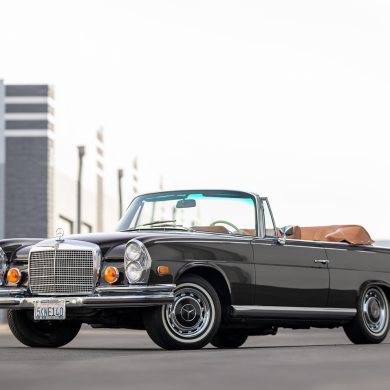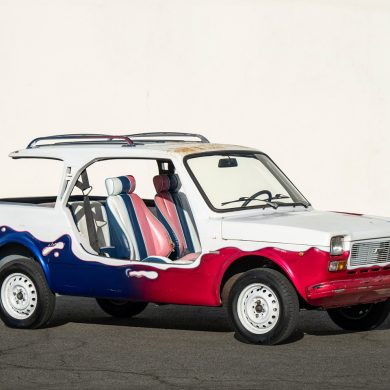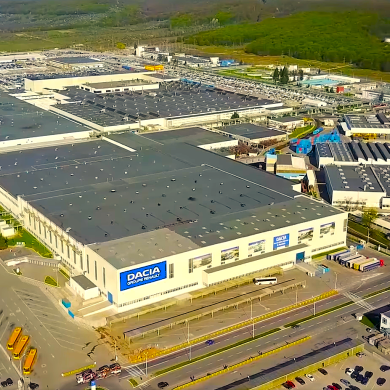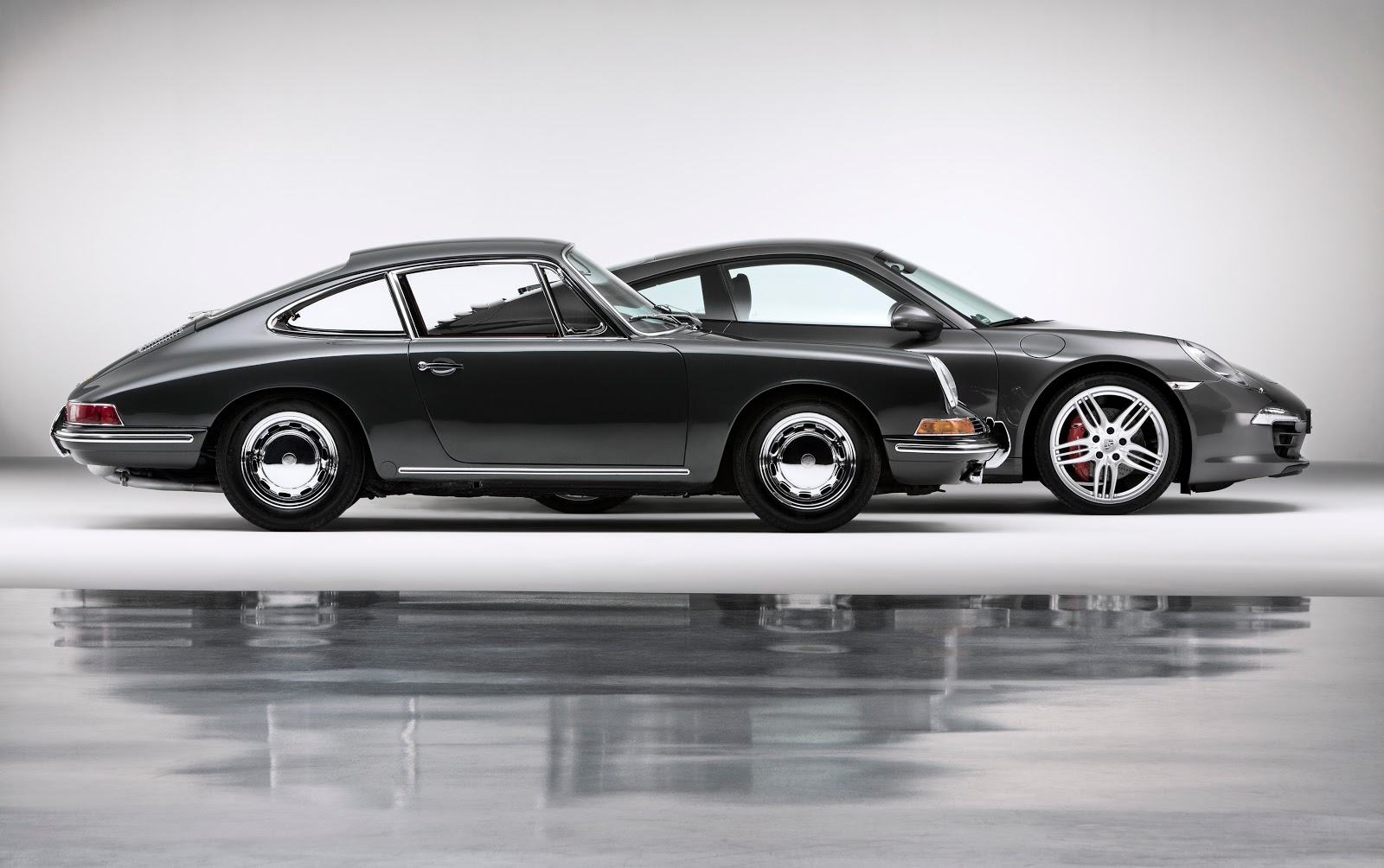
TopSpeed Retro Car Sunday - Chapter : Porsche 911, Ur-911
The Porsche 911 is undoubtedly the most iconic sports car in the world. With the introduction of the first generation back in 1963, to this day it remains the symbol of the everyday, do-it-all performance car.
What makes the 911 so beloved by its friends and owners alike is its unique driving behaviour (due to the engine being mounted at the rear), its practicality in everyday use despite being a performance car, and the unparalleled quality of both the materials, construction and assembly of the car as a whole.
The 911 is perhaps the ultimate in engineering design, as the basic design has never changed radically over the generations, but has been constantly updated and improved in its individual aspects, making the 911 faster, more stable, more reliable and more practical.
In the first part of our 911 tribute, we will deal with the so-called "Classic 911" series, which Porsche has divided into two sub-periods, 1963-1973 for the Original 911 and 1973-1989 for the G-Model 911.
The "Ur-911" (1963-1973)
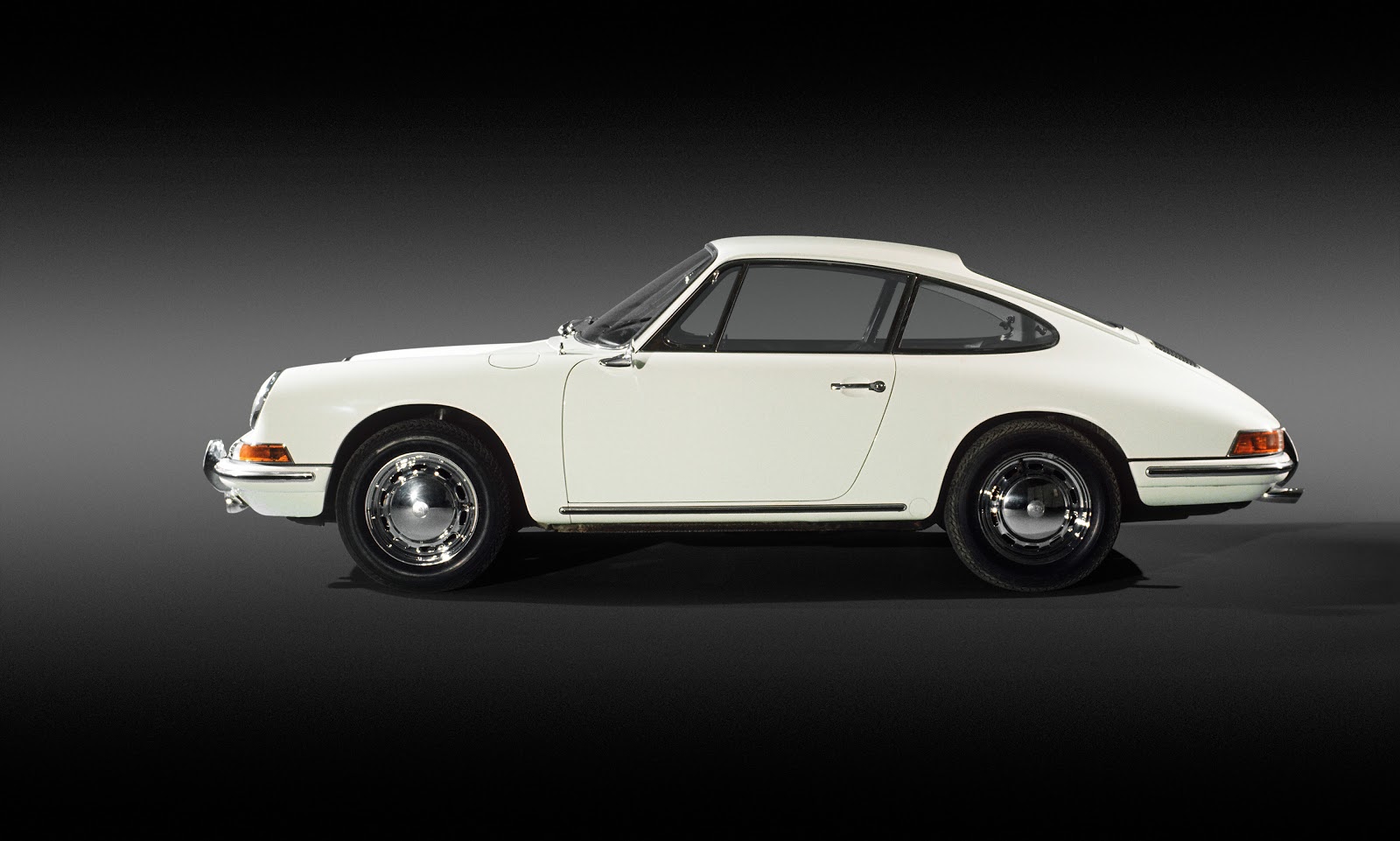
2.0-litre / O, A & B Series (1963-1969)
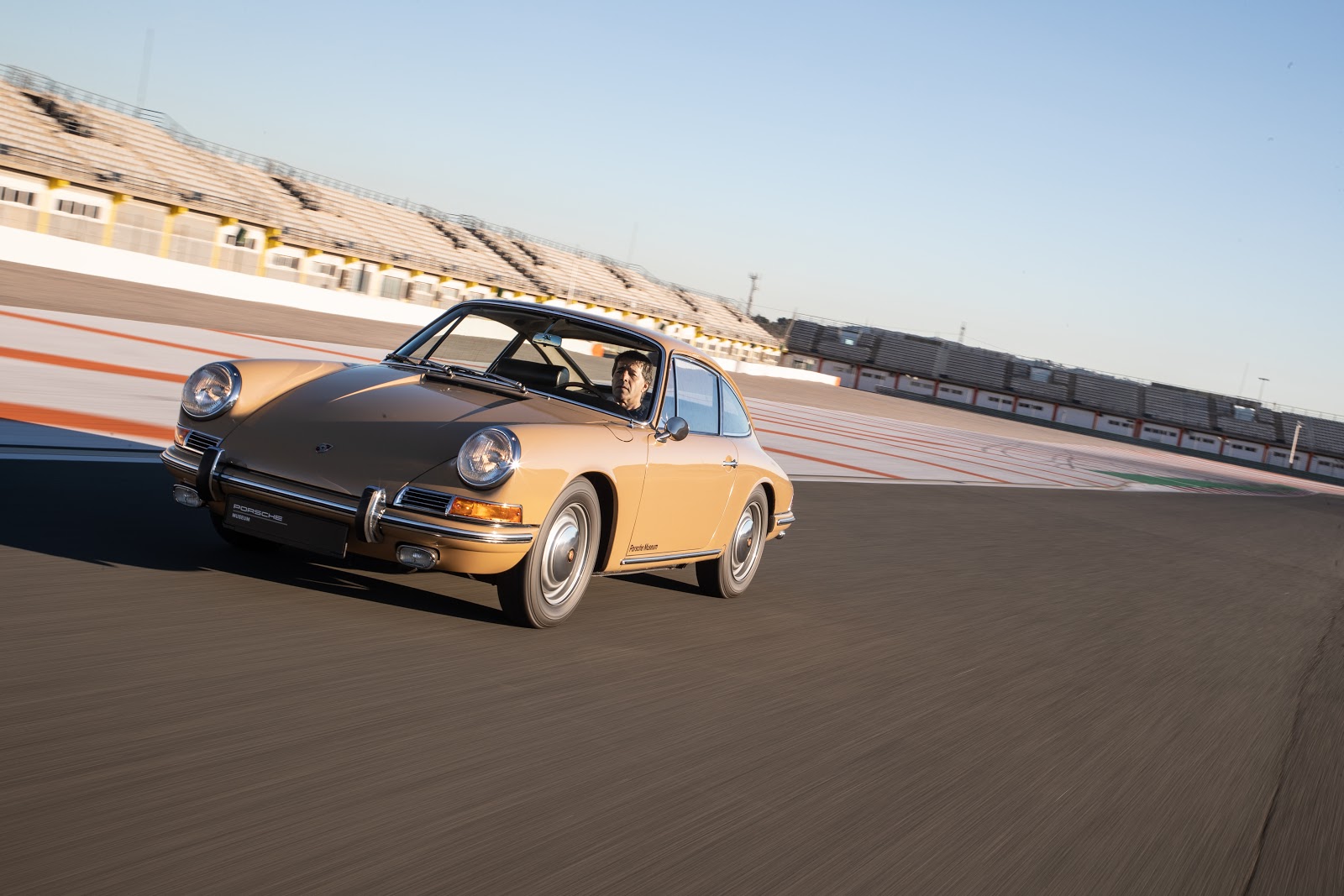
The "Original" 911 was created as the successor to the 356. Its design was the creation of Ferdinand "Butzi" Porsche, son of Ferdinand "Ferry" Porsche, with some interventions by Erwind Komenda, who was in charge of the bodywork department.
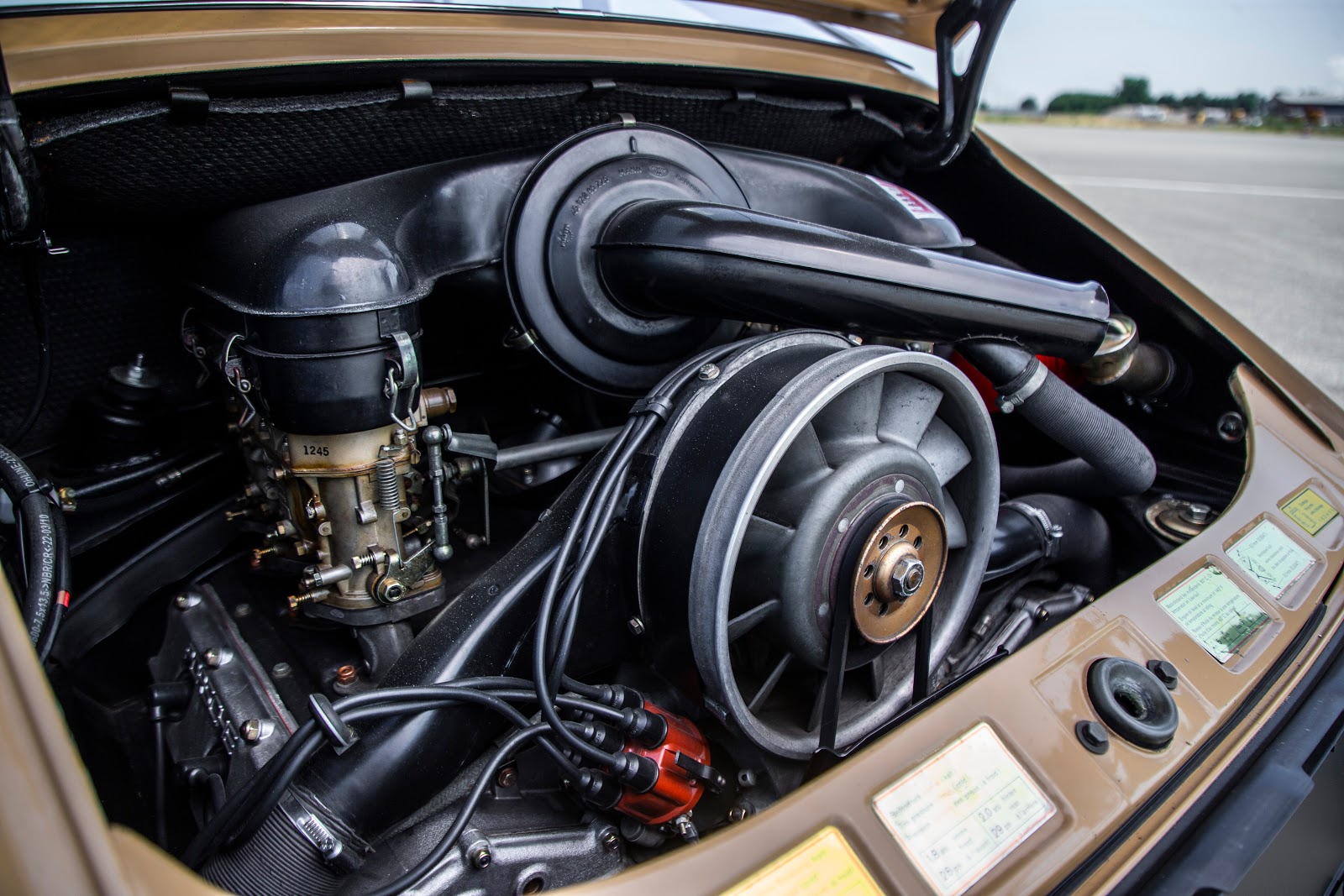
The first 911, started as a 2+2 car (where the rear seats were provided as an option, as in the 356), with an air-cooled, 6-cylinder, 2-litre atmospheric boxer engine (similar in design to the 356's 1.6-litre flat-4), producing 130 hp. Porsche used, for the transmission, its 5-speed "Type 901" manual transmission in the first 911.
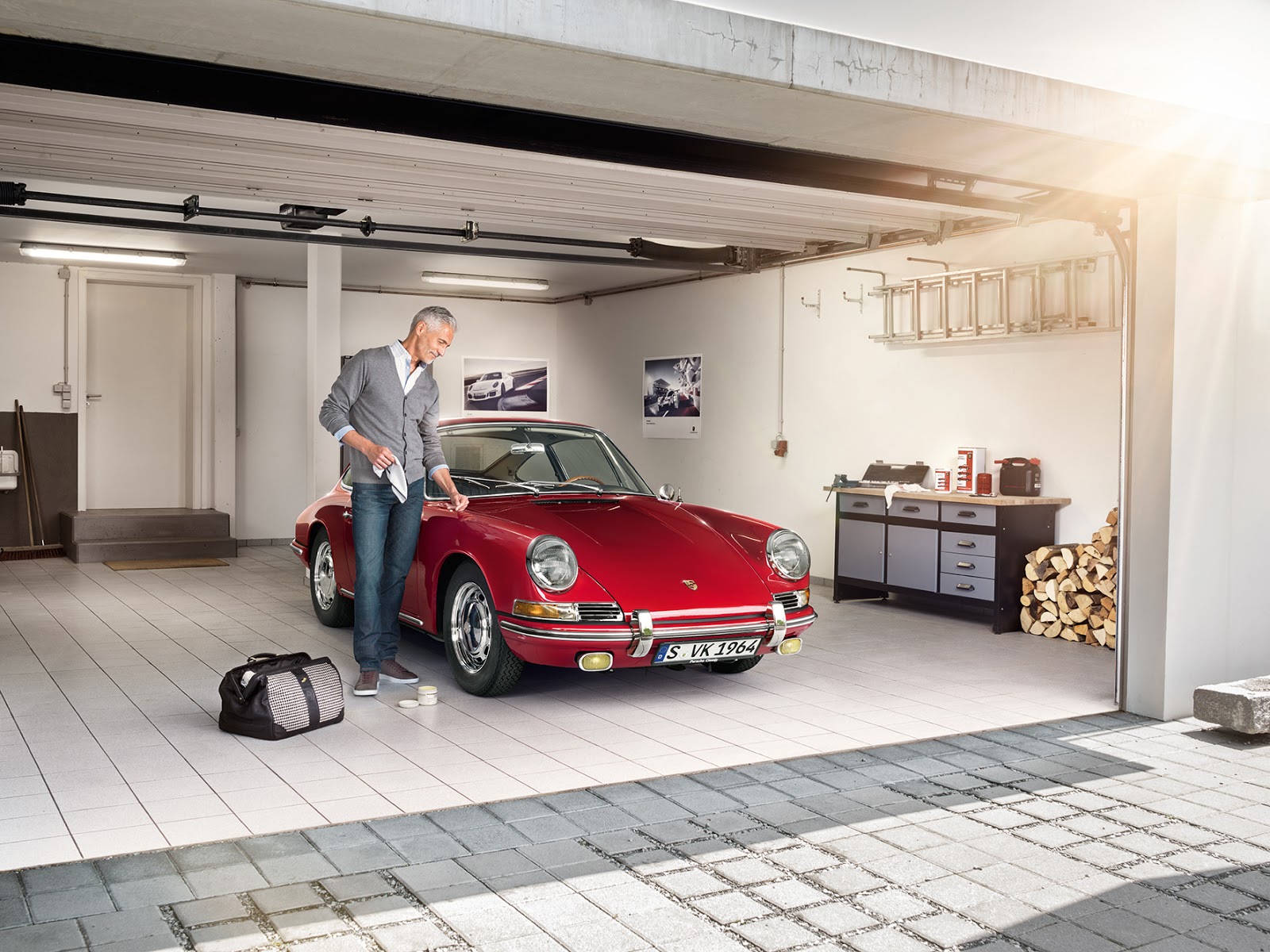
With production of the 356 coming to an end, but the demand for small sports cars in the US remaining high, Porsche created a smaller version of the 911 alongside the 911, which it called the 912. The 912, carried the same mechanical parts as the 356 and is its de facto successor, with its introduction taking place in the same year that production of the 356 ended.
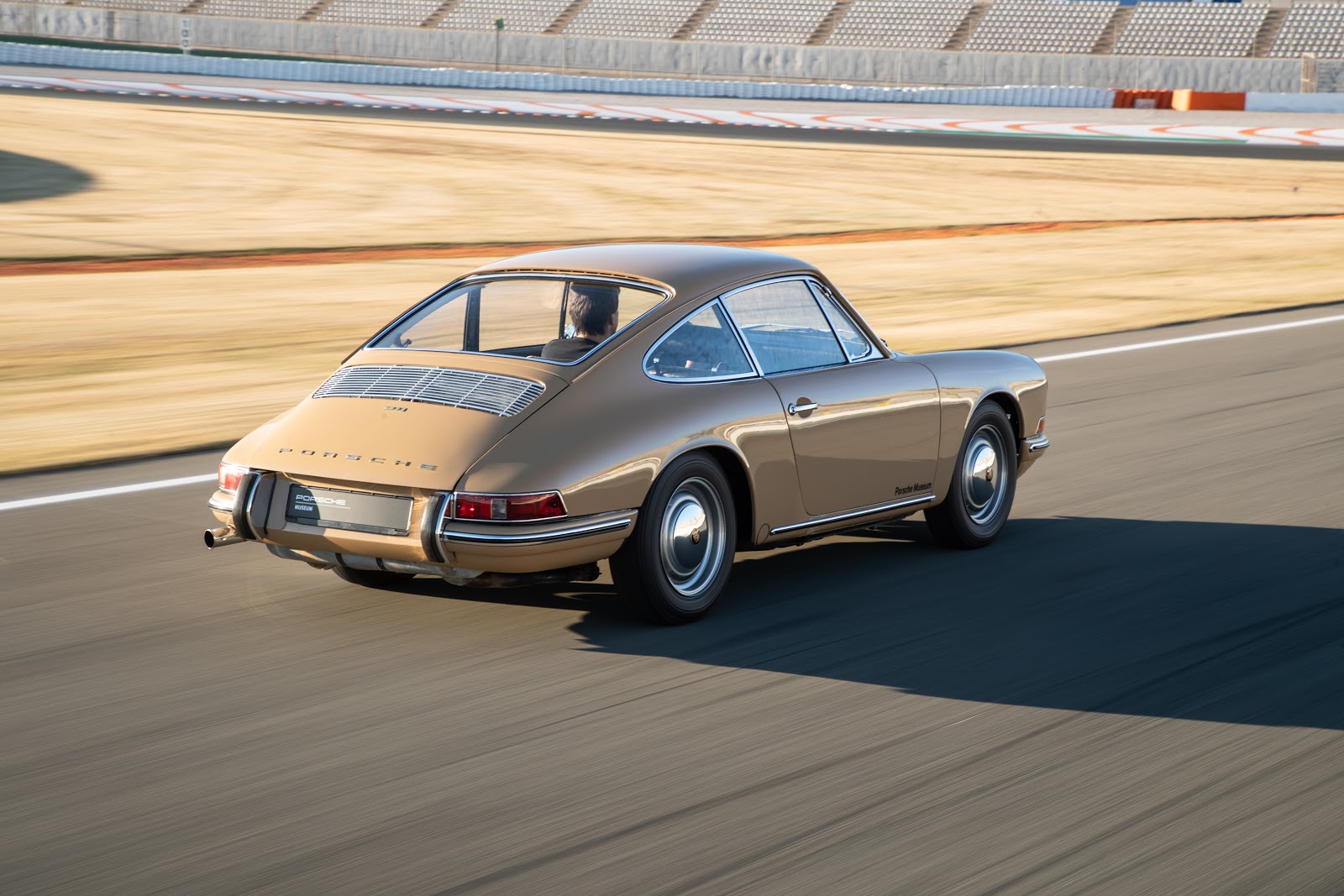
In 1967, Porsche introduced the 911S, a more powerful version. The S had 160 horsepower.
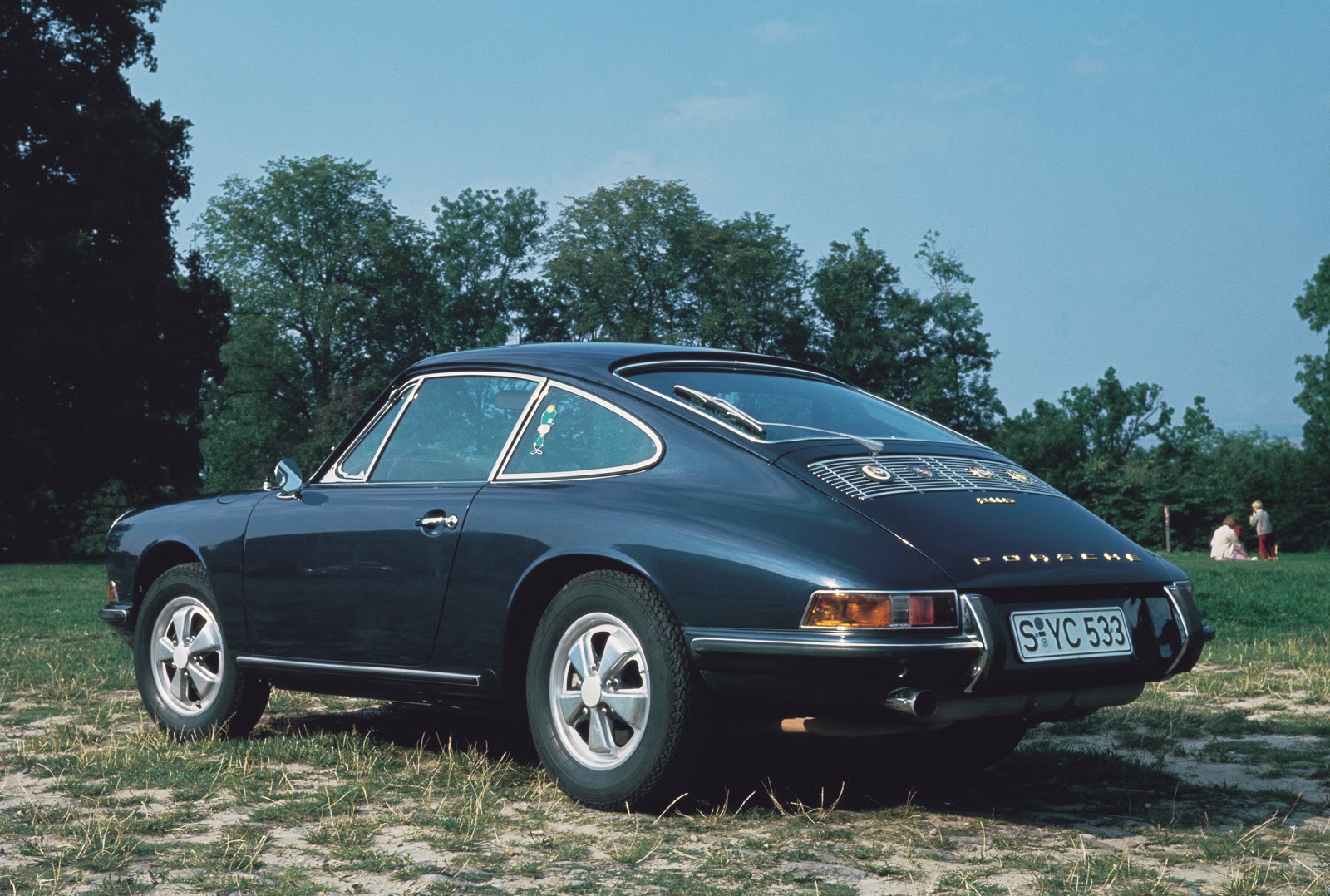
For the first time, Fuchs alloy wheels, with their characteristic "5 leaf" design, are fitted to the 911. In fact, the S engine was also used in the 904 and 906 racing cars, where it produced 210 bhp.
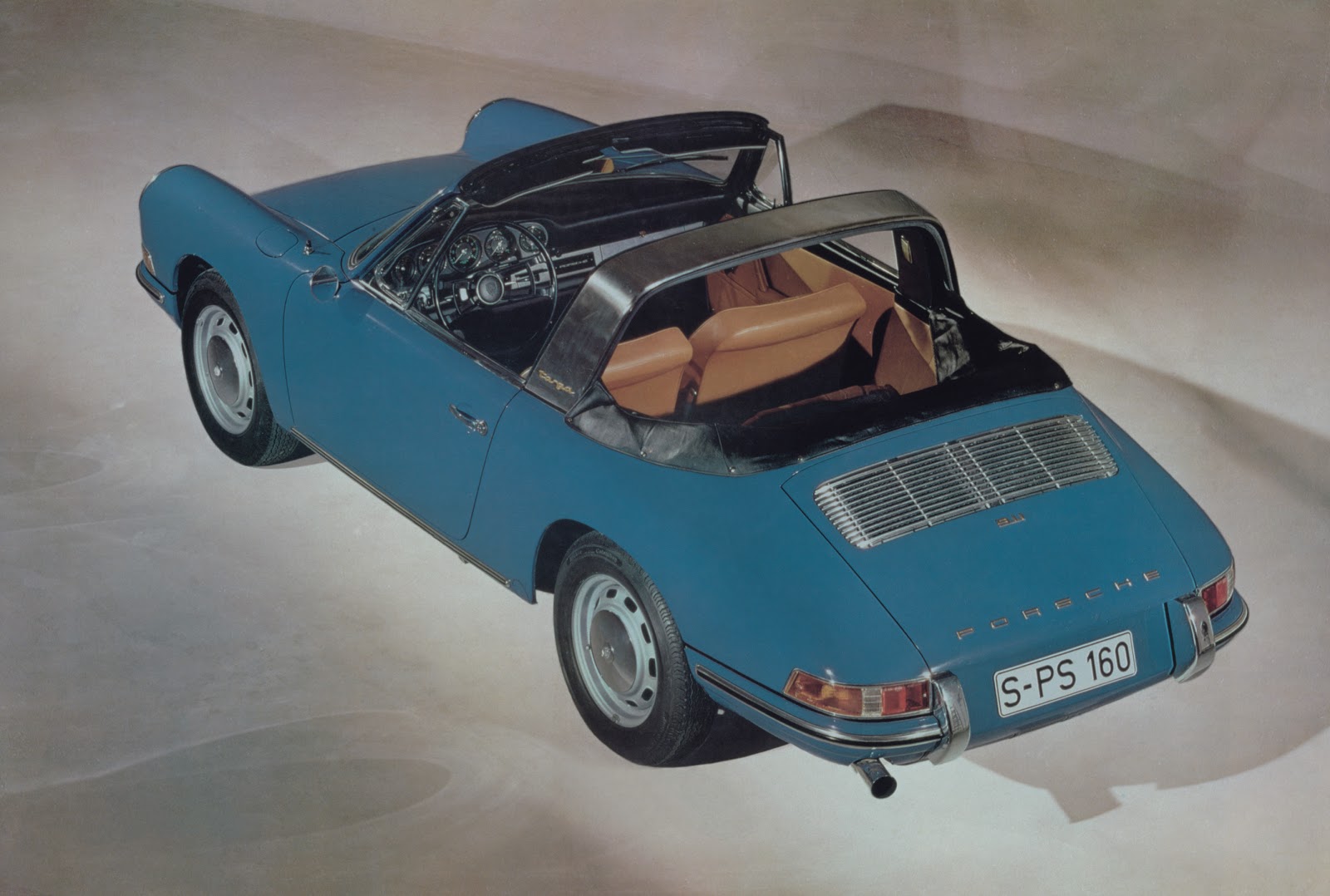
In the same year, Porsche introduced the first generation of the 911 Targa, which featured a partially removable roof and plastic rear window ( which could be chosen to be glass from 1968 onwards), fearing that the NHTSA would ban the sale of an open-top version of the 911, which would cover the significant market share that the 356 had created.
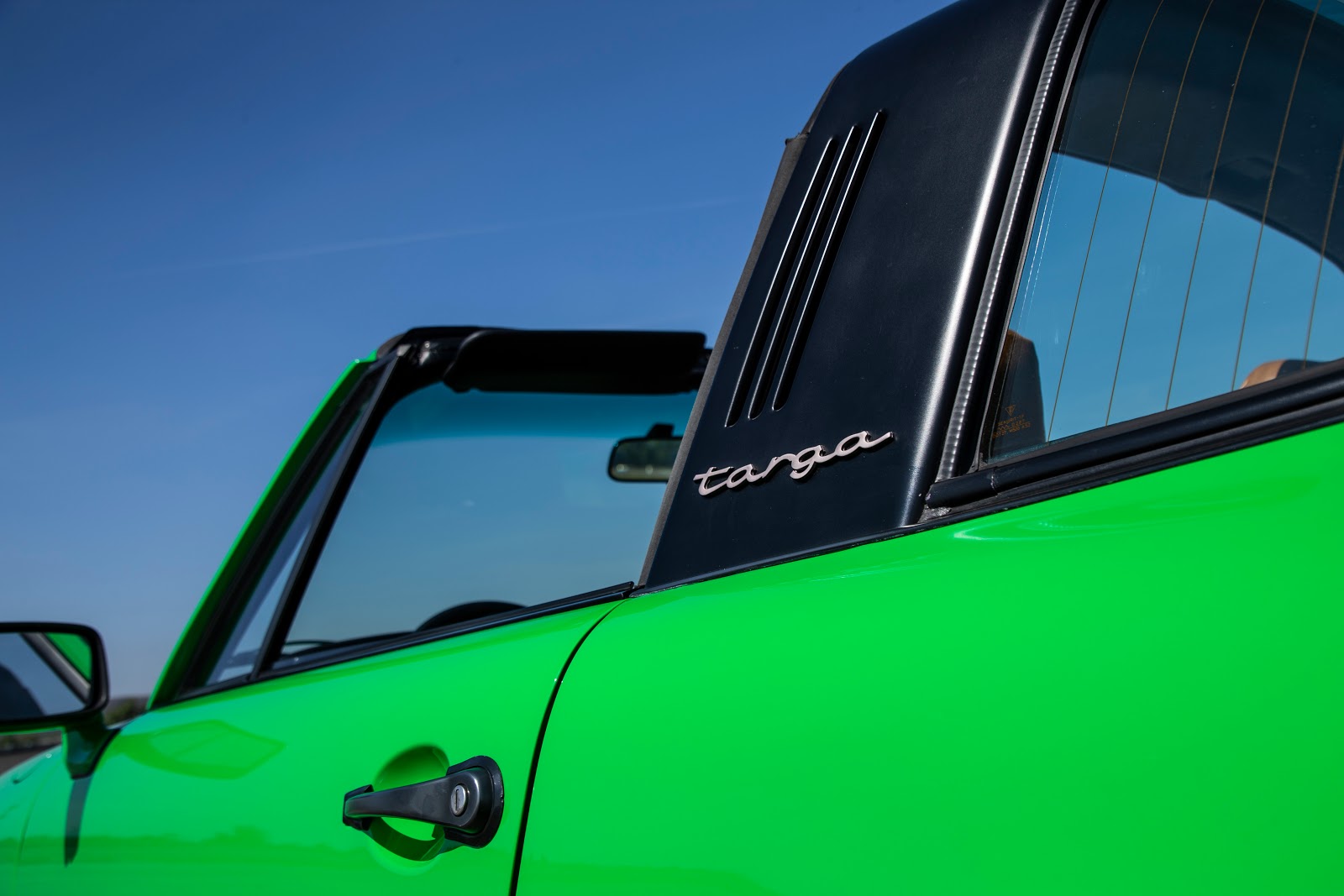
The name Targa comes from the Targa Florio, which took place in Italy, in which Porsche had achieved many important victories and distinctions.
In addition, in 1967, Porsche launched the 911T, a 110 hp version of the 911, which replaced the 912, while the basic 130 hp version was renamed the 911L.
The 2-liter generation of the 911, ended with the 911R, a 911 that featured slim aluminum doors, a magnesium crankcase and 2 spark plugs/cylinder. The engine output in this version was 210 horsepower and only 20 cars were built.
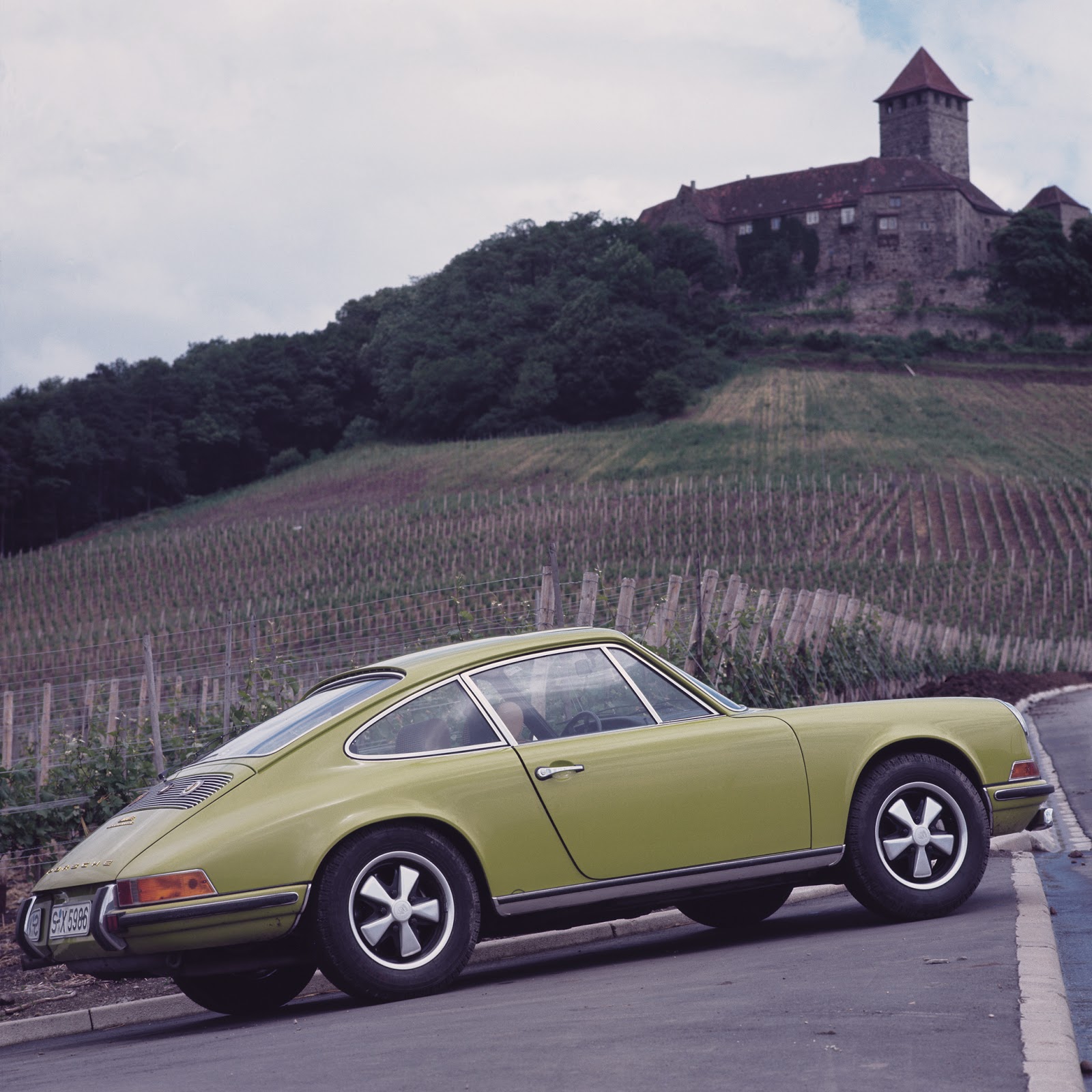
In 1969, the "B Series" 911s were introduced, which were slightly longer than the original 911s. The rear axle of the 911 and 912 was moved back by 5.7 cm, lengthening the wheelbase from 2.211 to 2.268 metres, in order to address the problem of the 911's "nervous" behaviour when the driver approached the limits of its driving capabilities. The 911S and the new middle-range 911E were given fuel injection. Also, a partial automatic, 4-speed transmission (with automatic clutch and torque converter) was incorporated into the 911 lineup.
2.2-litre / C & D Series (1969-1971)
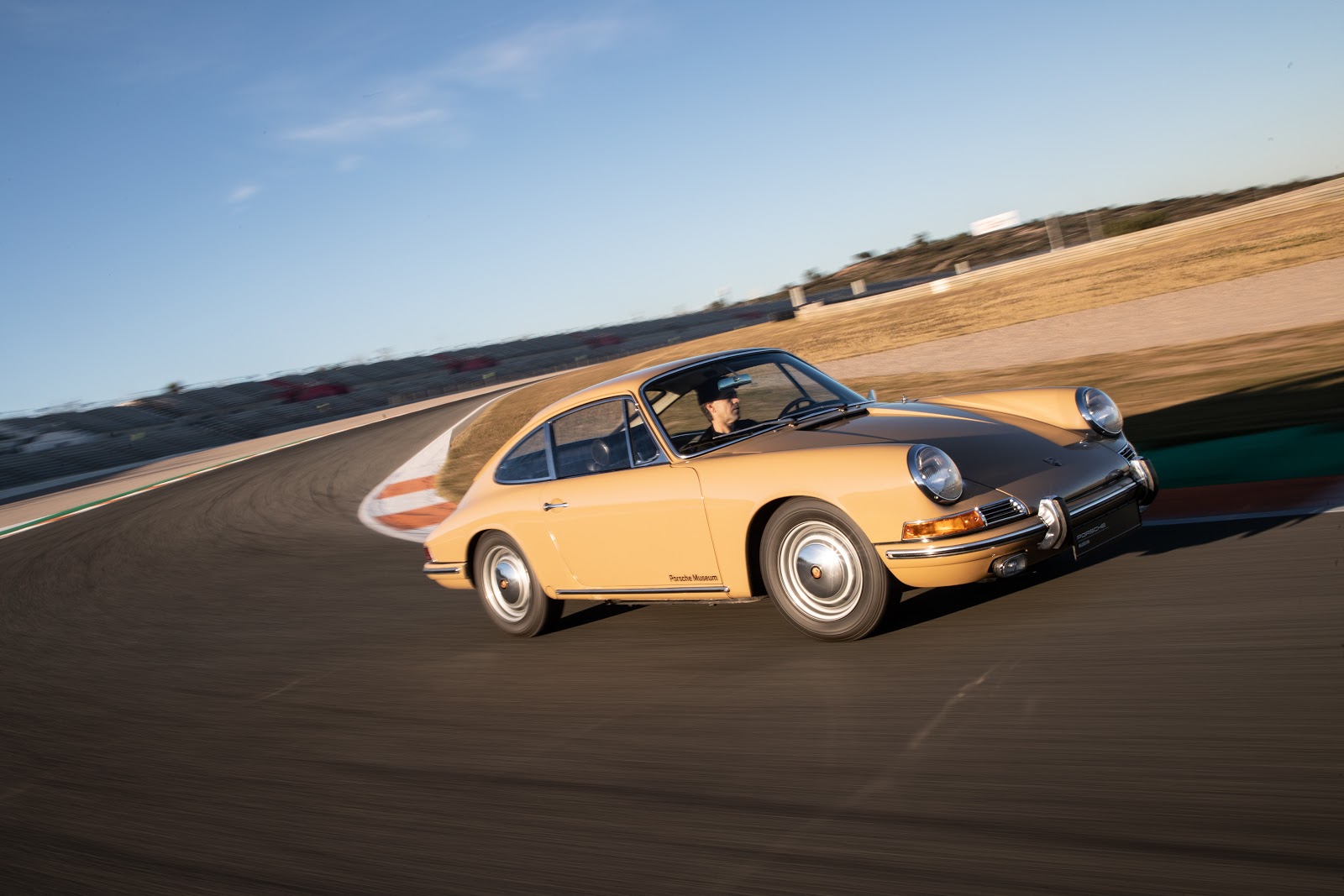
For all MY 1970 911s, the flat-6 capacity has been increased to 2.2 litres, with the 911T now producing 125bhp, the 911E 155bhp and the 911S 180bhp. In the same year, Porsche discontinued production of the 912, which was replaced by the 914 (pictured below) as the company's entry level model.
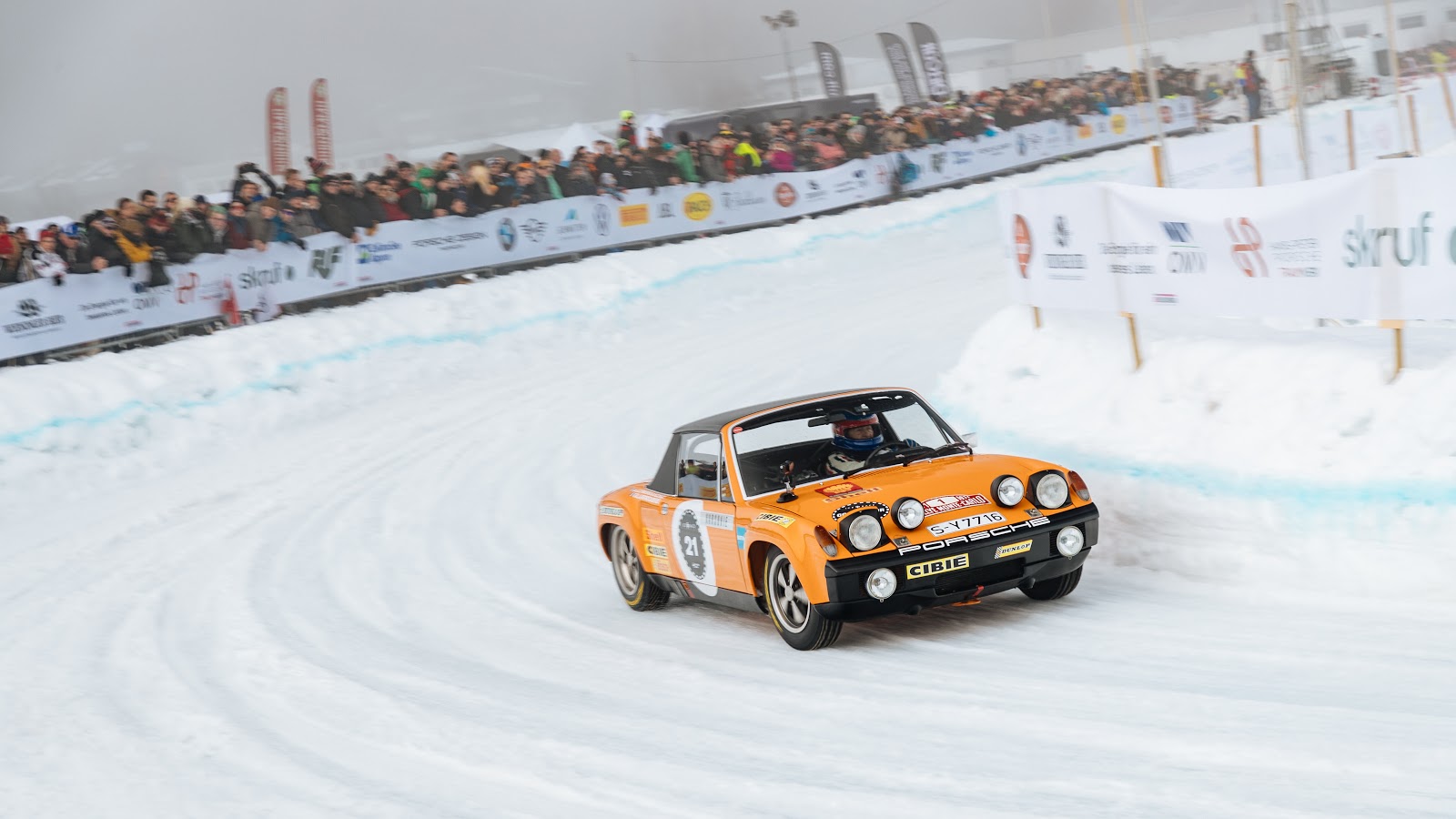
It's worth mentioning that although the mid-range 911E was weaker than the 911S, when accelerating, up to 160 km/h, the E was faster.
2.4-litre / E & F Series (1971-1973)
For 1972 and 1973, Porsche retained the same range of versions of the 911, but again increased the engine capacity from 2,195 cc to 2,341 cc. The reason it was called "2.4" even though it was closer to the 2.3 litres, is believed to be for marketing reasons, to emphasise the increase from 2.2 to 2.4 litres. Horsepower was 130 (911T), 165 (911E) and 190 (911S) horsepower.
The E and S had mechanical fuel injection (so did the T in the US, where it produced 10 extra horsepower), while the T had a carburettor. In 1973, Porsche fitted a continuous fuel injection system, the Bosch K-Jetronic, with these 911s becoming known as the "1973.5".
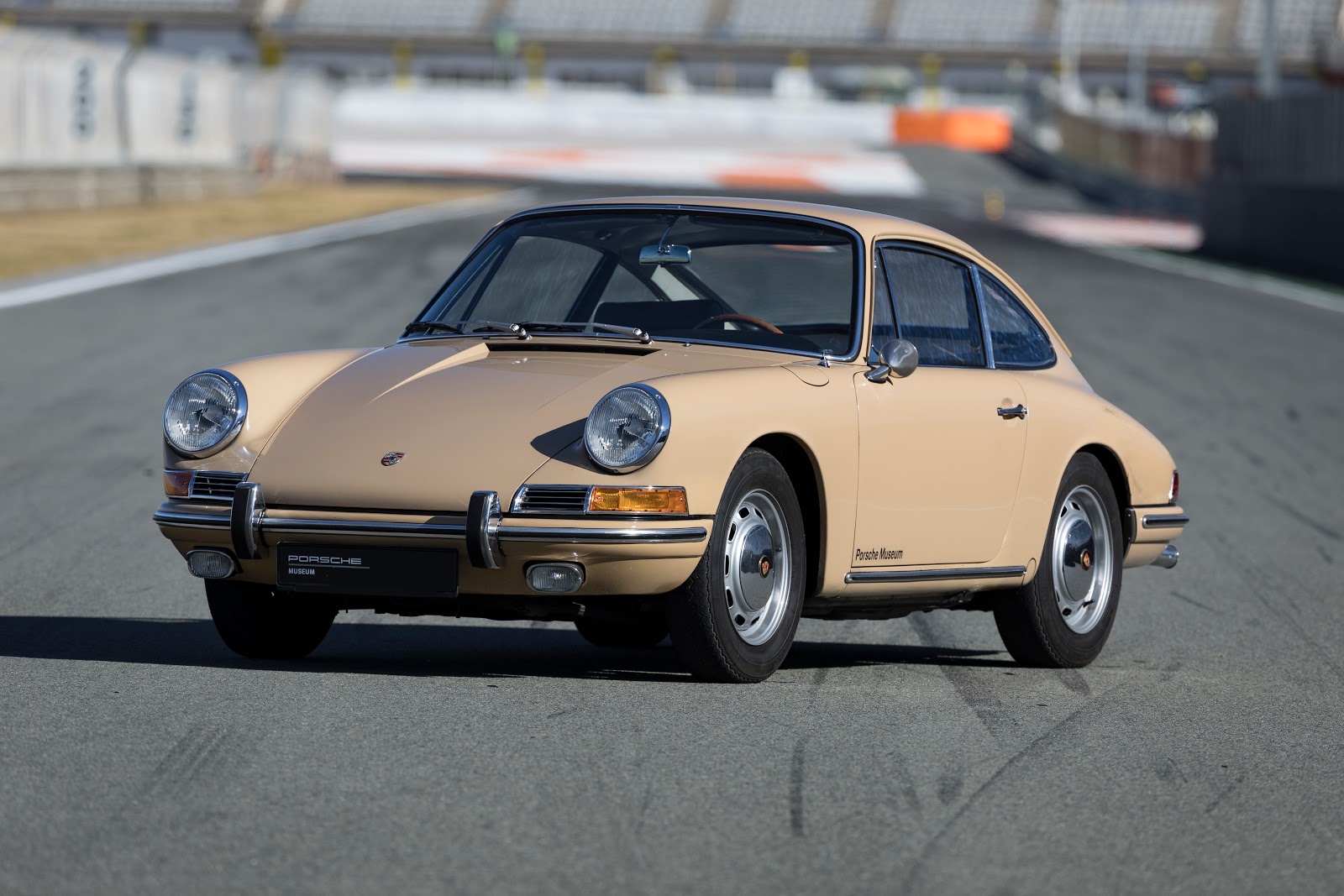
With the increase in horsepower and torque from the 2.4 litre engine, the 911 also got a new gearbox. Like the 901, the new 915 was a 5-speed manual. The main difference between the two was that the original (901) was a "dog leg" layout, which was not convenient for everyday driving, with the 915 having a conventional H-pattern. The automatic transmission, Sportomatic, remained as a special order extra.
In 1972, Porsche put a great deal of effort into improving the 911's handling. Due to its unusual layout, the 911 had a tendency to oversteer when driven to the limit by an inexperienced driver. In an attempt to resolve this issue, Porsche moved the oil reservoir (which contained about 8.5 litres of oil) forward of the right rear wheel (originally located behind this wheel), trying to bring as much of the 911's weight as possible towards the centre. This change created the need for an oil filler door on the rear right wing, as it was impossible to do this from the engine compartment, as had been the case up to that point. However, this created a problem, as petrol station workers would often pour petrol through this particular filler door, as the majority did not know that the correct one was on the front left wing. Porsche reverted to the original design, which remained unchanged for the rest of the life of this generation.
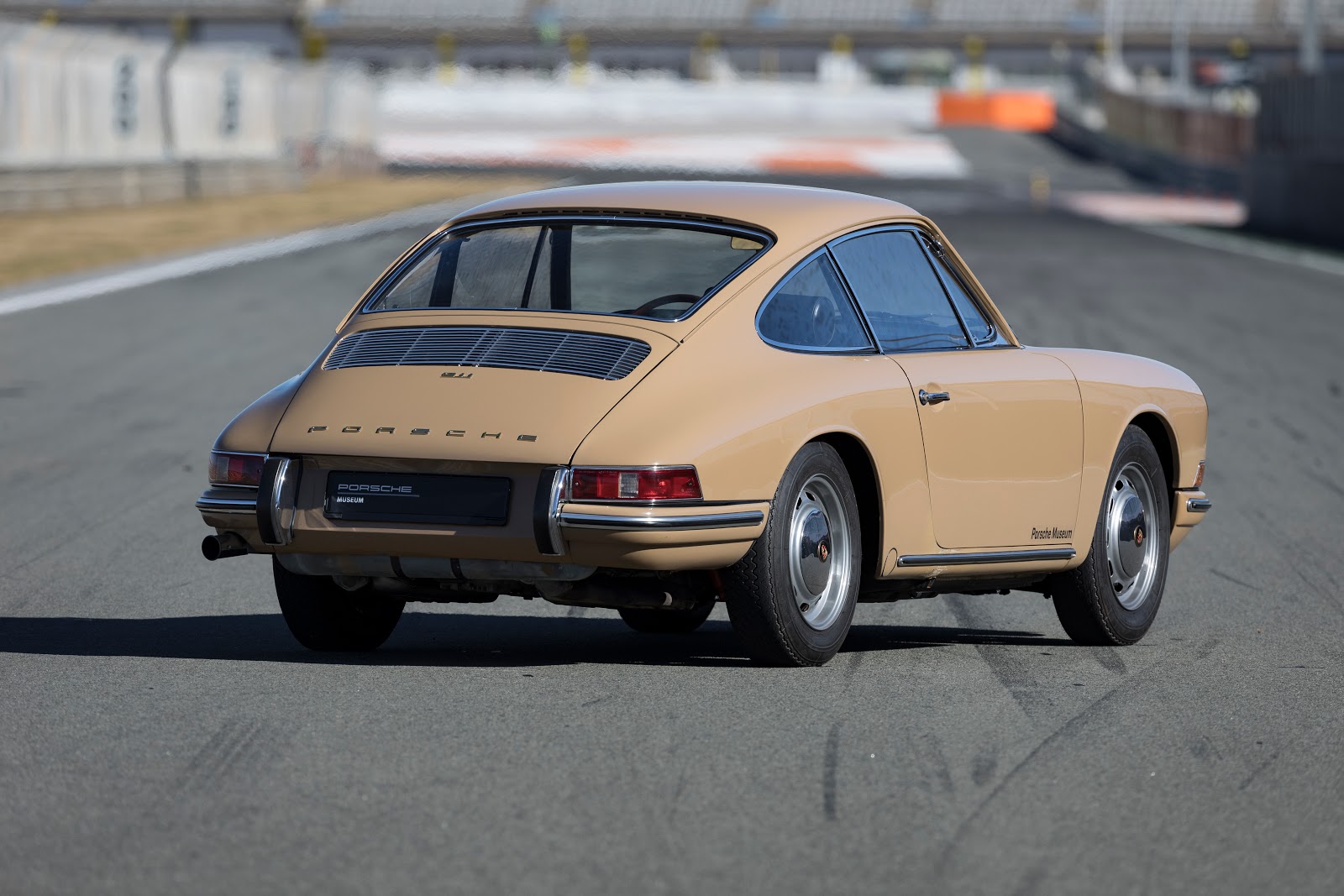
The 911S also got a small spoiler at the front to improve stability at high speeds. Weighing in at just 1,050 kilograms, they are considered to be one of the top mass-produced 911s.
For racing, Porsche had created the 911ST, which could only be bought in 1970 and 1971, with a power output of 270 horsepower and a weight of 960 kg. These cars were a great success in the races : Daytona 6 Hours, Sebring 12 Hours, 1000km Nurburgring & Targa Florio.
Carrera RS (1973-1974)
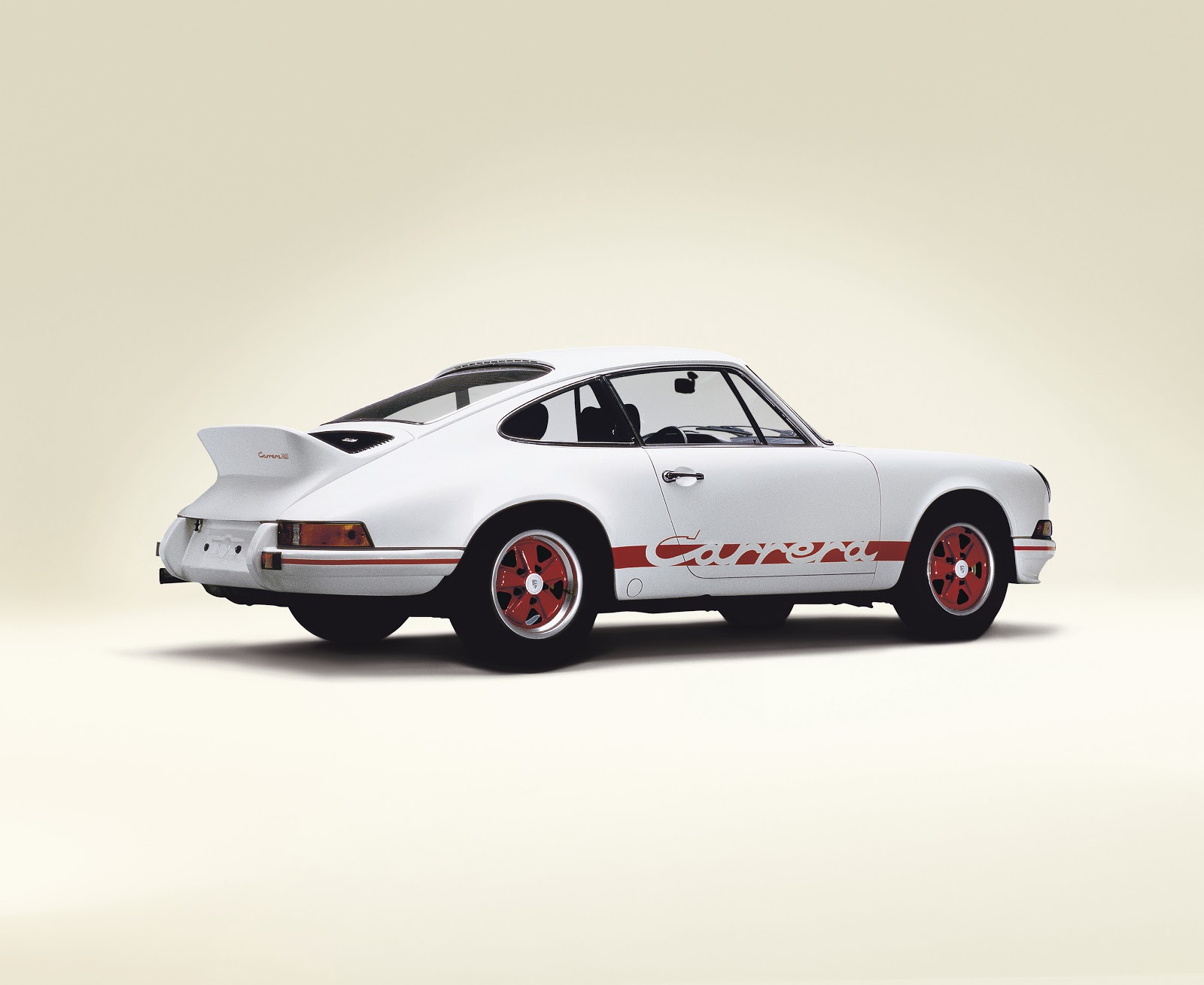
The Carrera RS of this generation remain to this day, one of the most collectible and desirable 911s. The name Carrera came from the Mexican endurance race, Carrera Panamericana, where Porsche scored great successes in the 1950s, and the RS from German Rennsport.
The original RS was the Carrera 2.7 RS, in which the 2.7-litre flat-6 produced 210 hp and 255 Nm of torque. The RS had Bosch's mechanical fuel injection system, redesigned and stiffer suspension, a "ducktail" rear spoiler, bigger brakes, wider rear tires and wider rear fenders. The conventional RS Touring, weighed just 1075 pounds, while the Sport Lightweight version weighed 975 pounds (the difference was due to thinner metal for the body panels and thinner glass on all the windows and windshield).
In total, 1,580 Carrera RS were built in order to exceed the 500 car limit, so that the Carrera RSR racing version could be approved by the FIA to participate in Group 4.
In 1974, Porsche built the Carrera RS 3.0, which had 230 horses and weighed just 900 kg (even thinner metal was used). The 3-liter RS had a chassis very close to that of the Carrera RSR, and the braking system was derived from the 917.
Thus, after a successful and constantly improving 11-year course, the Ur-911 is closed as the first sub-generation and the G Modell is the next one.
Photography copyright : Porsche AG


